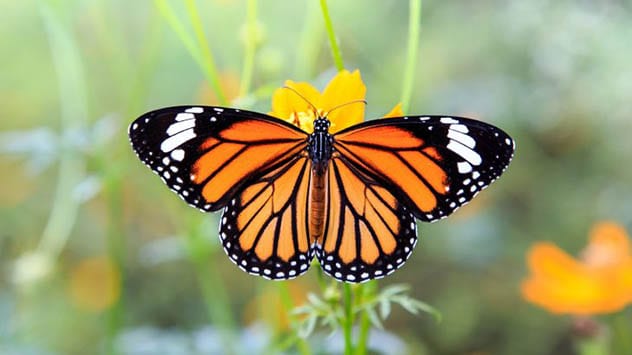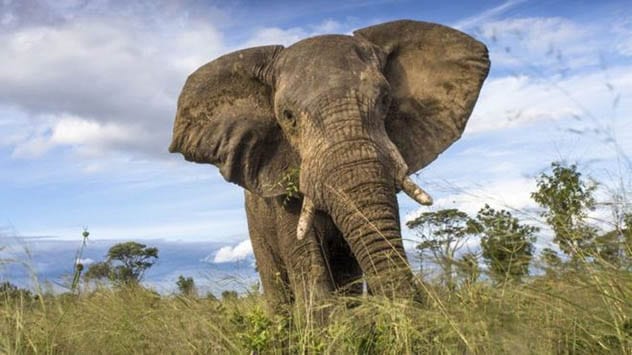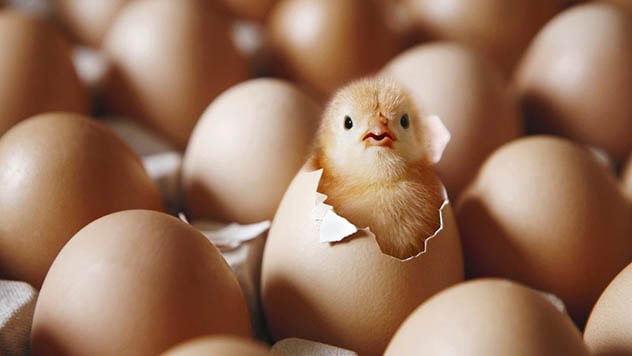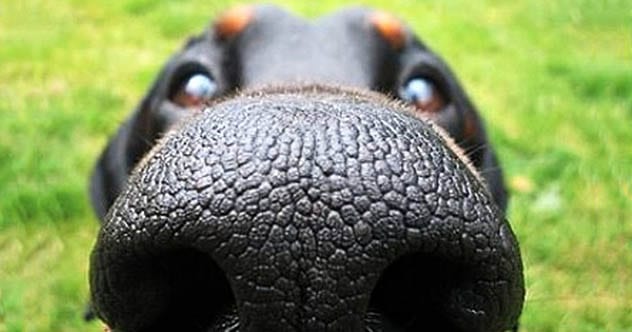See Also: Top 10 Real Superpowers You Can Learn
10 Cats Jumping
Walking into your cat perched on top of a bookcase might be an everyday occurrence, and it can also make us forget just how amazing their jumping capability is. Most cats can make a vertical jump from a standstill to five times their own height. For the average, 6 foot-tall human, that means executing a standstill jump and clearing 30 feet. In other terms, that would make us capable of jumping to the roof of a 3-story building.[10]
9 Ants’ Carrying Power
Depending on the species of ant, these tiny creatures can carry anywhere from 10 to 50 times their own weight. While that might not sound impressive when you’re looking at such small creatures carrying leaves, blow that up to human proportions and it become truly astounding. If humans had the same muscle control and strength as an ant, that would mean an average, 180-pound man could carry anywhere between 1,800 and 9,000 pounds. And what do those numbers mean? On the low end, 1,800 pounds is about the same as a Clydesdale horse. And 9,000 pounds is about the same as three Volkswagen Beetles.[9]
8 A Monarch Butterfly’s Journey
The monarch butterfly might look delicate, but the North American monarch makes an epic journey every spring and fall. These hardy creatures travel up to 3,000 miles from their summer homes in the northern part of the United States to their winter home in Mexico. And all with a wing span of about 4 inches. To put this in human terms, the average stride of an adult is 32 inches. That’s 8 times the wing span of a butterfly, meaning a human would need to walk 24,000 miles to experience the length of the butterfly’s journey. That’s only a couple of hundred miles short of walking around the world at the equator.[8]
7 A Cats’ Purr
Most cats purr at a soft, comforting level, but the world’s record for the loudest purr is held by an English cat named Smokey. His purr has been recorded at a whopping 86.3 dB. To put this in perspective, a human breathes at about 10dB, and a normal speaking voice will register at about 60dB. Noises around 80-90dB that we’re more familiar with include hair dryers, vacuum cleaners, and many hand power tools.[7]
6 Breeding Like Rabbits
Start with one pregnant female rabbit. Keeping in mind that an average litter size for rabbits is 6 babies and a new mother can become pregnant again almost immediately after giving birth, the exponential estimate for rabbits produced not only from her but from her babies, and her babies’ babies, is astronomical. In the 7-year breeding lifespan of a rabbit, that means a single mother can – mathematically – be responsible for 95 billion little rabbits. For the sake of simple math, let’s say the human female’s fertile years are between the ages of 18 and 45 – 9 times the length of a rabbit’s. If we could reproduce like them, that would mean a staggering 855,000,000,000 offspring.[6]
5 An Elephant’s Trunk
An elephant uses his trunk like the ultimate multi-purpose tool. Not only can they pick things up with it, but it can manipulate objects and store several gallons of water. Bulbous appendages on the end of their trunks give them the fine motor skills needed to pick up and manipulate the smallest of objects. An elephant has roughly 100,000 muscles in their trunk alone that allows them this fine control. In comparison, the human body contains 34 muscles that control the fingers and thumb; only 17 of these are in the hand itself.[5]
4The Chicken’s Egg
Firstly, it doesn’t seem possible that an egg comes out of a relatively small bird. The Rhode Island Red, a common breed of chicken, weighs about 6.5 pounds at maturity. The size of the eggs vary, but they’re known for producing above average sized brown eggs – this means usually around 2.25 oz. Proportionately, this is the same as a 150 pound woman giving birth to a 3.25 pound baby. Still painful, but it doesn’t make a chicken’s life look quite so bad.[4]
3The Lion’s Share
In the wild, lions have to take their meals when they can get them. This means they need the ability to take full advantage of a major kill; in one sitting, an average, 300 pound male lion can consume up to 90 pounds of meat. That’s almost a third of their entire body weight, and it’s also like a 200 pound man eating 60 pounds of chicken fingers and french fries for dinner.[3]
2 Parrot’s Speech
All types of parrots have the capability to mimic and pronounce human speech, although that capability varies both between species and within individual members of each species. The African Grey parrot is one of the most prolific talkers, with some outstanding representatives. One bird in particular, named Alex, could correctly identify more than 50 objects and colors by name. At the end of his life, he was beginning to learn how to count and demonstrate that he not only knew the sequence of numbers, but that he understood what they meant. In comparison, the average human toddler will be about 2 years old when they start to use as many words, and will be about 3 before they understand the concept of numbers such as age.[2]
1 A Dog’s Nose
A dog’s nose is extremely sensitive, with its 300 million olfactory receptors compared to our measly 6 million. From their nose to their brain, their sense of smell works differently than ours, allowing them to separate different smells and process that information independently – resulting in a sense that is estimated to be (at least) 10,000 times better than ours. From search and rescue dogs to drug dogs, they’ve shown time and time again that they can use their amazing sense of smell to save countless lives. But how much better does that make their smell than ours? Since smell is difficult to measure, we’ll make a visual comparison. The human eye can detect a light source no brighter than a candle at 30 miles on a dark night. If our vision was as acute as a dog’s sense of smell, we would be able to see it 30,000 miles away. That’s the distance between Bangor, Maine and Los Angeles, California – 10 times.[1] Read More: Twitter
























